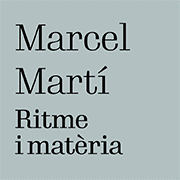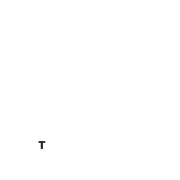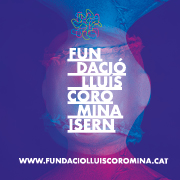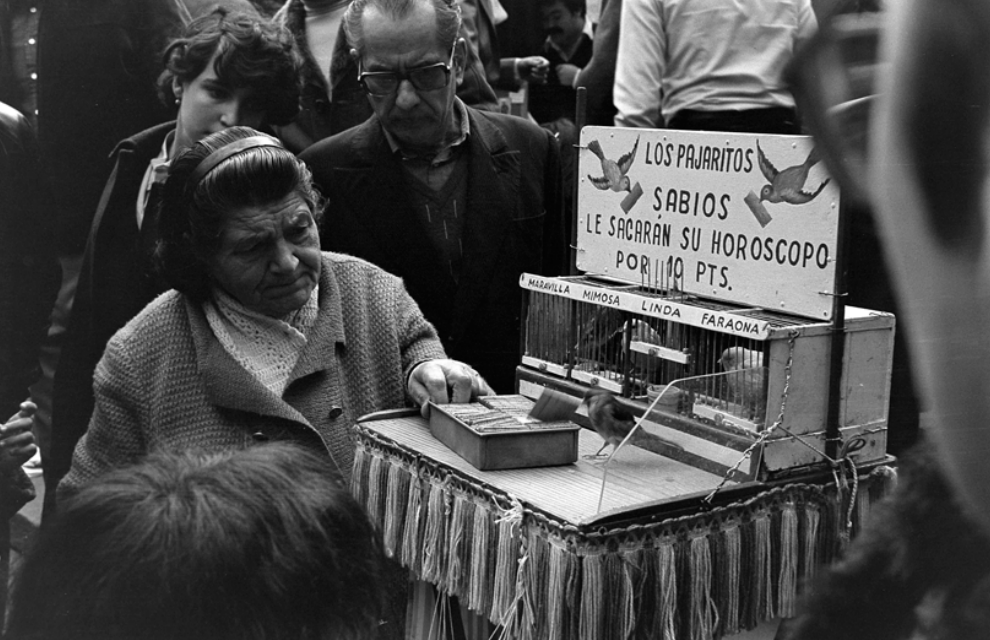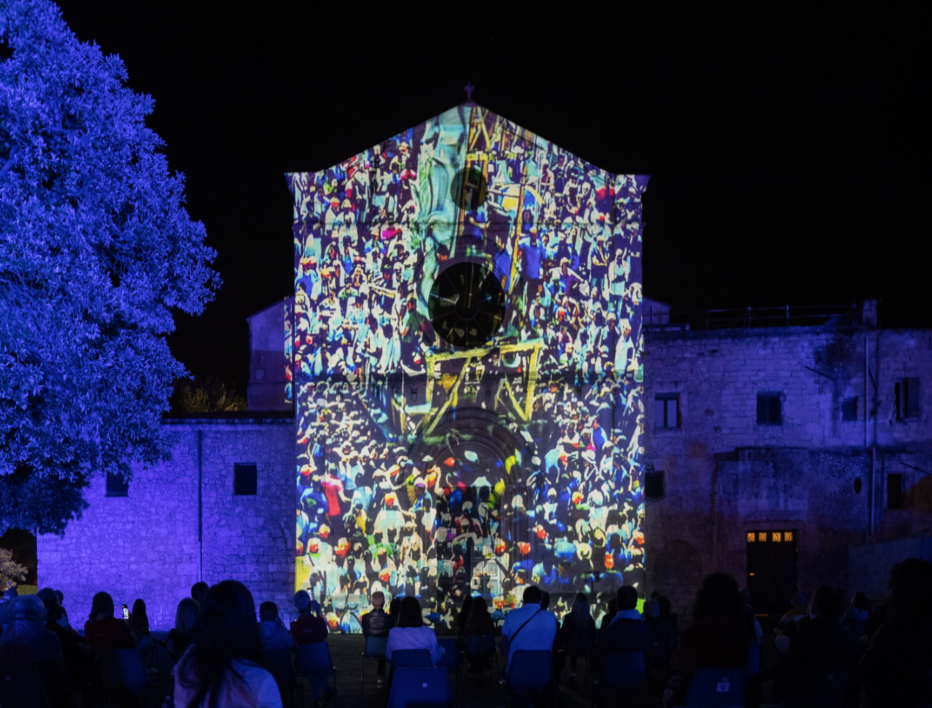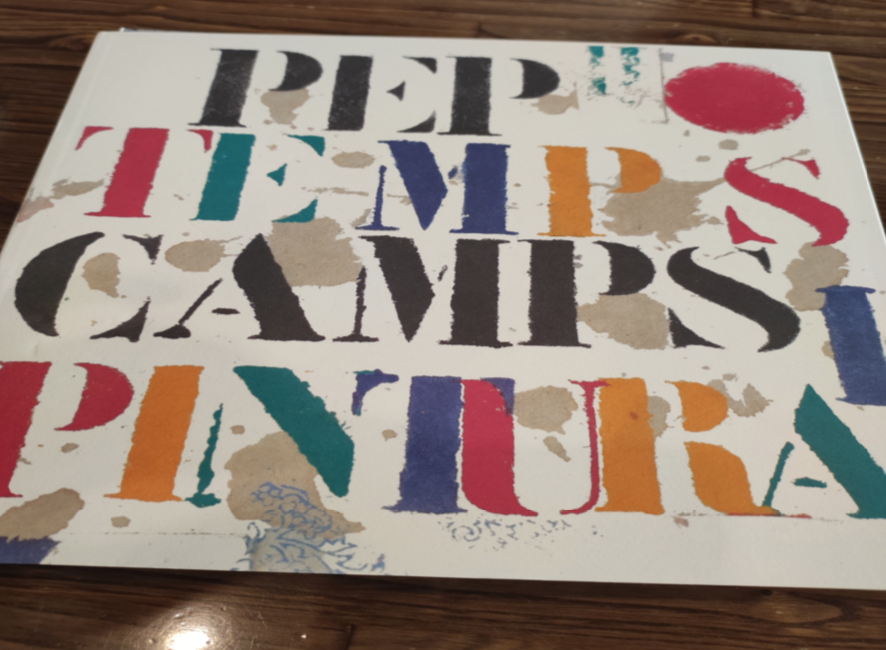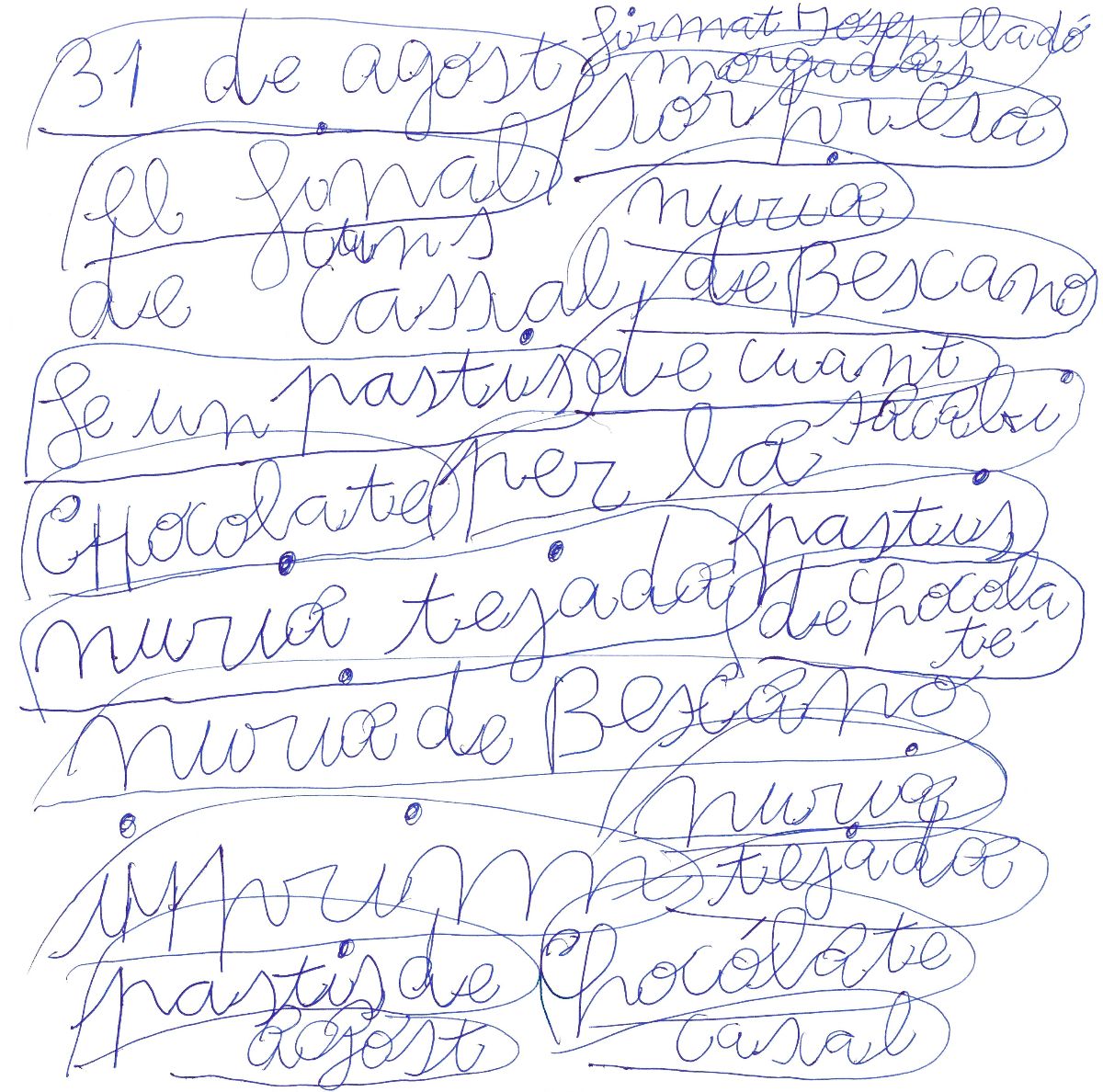News
Jose Luis de Vicente, new director of the Barcelona Design Museum
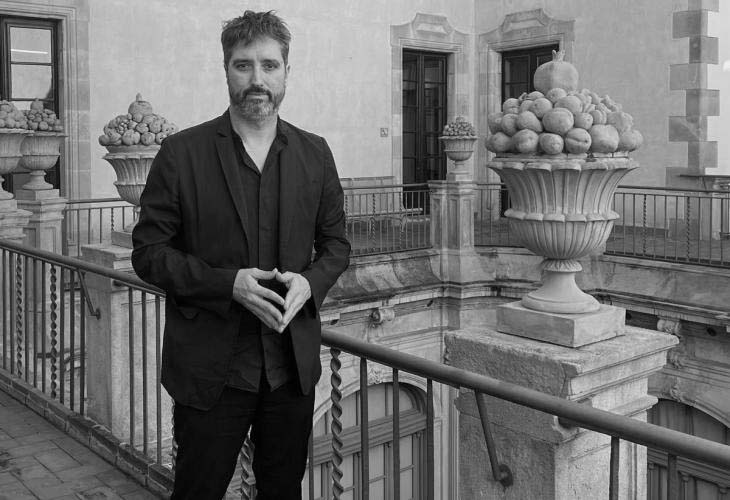
Jose Luis de Vicente (Granada, 1973) has been chosen to direct the Barcelona Design Museum. This is how it was decided in the competition started in May 2022 for the management of the municipal equipment to replace Pilar Vélez, who has ceased to hold the position due to retirement. In the call, open to civil servants as well as to anyone who meets the requirements, 19 applicants appeared (of which two were excluded for not complying with the rules). De Vicente will join the position next February.
In addition to fulfilling the requirements of the call, applicants had to present a project that contained a master plan for the direction of the Barcelona Design Museum. The projects have been evaluated in a selection process that has had the support of an advisory committee made up of the critic and professor of art history Miquel Molins, the museologist Marta Montmany, the editor Ramon Prat (ACTAR) , cultural researcher Jaron Rowan, lighting designer and scenographer Maria Güell and architect and communicator Núria Moliner.
Jose Luis de Vicente's project has been valued for its definition of a strategic framework that stands out for its commitment to new formats and platforms that bring more innovation and experimentation and that is positioned very well in the current context and international, taking into account diverse groups, as well as neighborhood entities. It has also been emphasized to be consistent with the present and, at the same time, take on the challenges of the future clearly, working on the expansion of design beyond labels. According to the assessment report, this is a project that embodies the illusion, the emotion and the desire for a new stage for the Barcelona Design Museum, in which the equipment must play a role articulator with the cultural and artistic fabric of the city, within the framework of the new cultural centrality that Plaça de les Glòries represents.
When considering the role at the head of the Design Museum, the functions and competencies of the directorate have been conceptualized in the following points:
• Guarantee that the Design Museum becomes a center of reference, dissemination, study and revitalization of all forms of design and architecture, as well as a place of international promotion and projection.
• Connect the center to the international networks of museums and similar centers, contributing to place the importance of Barcelona's design and architecture in the world.
• Promote the centre's museum functions:
• Guarantee the custody and conservation of tangible and intangible heritage collections, as well as contribute to the study and research of Barcelona's design and architecture.
• Develop the acquisition of municipal heritage based on the collections policy.
• Develop public programs for the dissemination of design and architecture aimed at citizens.
• Develop educational programs for regulated education initiatives or other actions of the lifelong education process.
• Promote and develop communication strategies for the dissemination of scheduled activities and all the Museum's offer.
• Direct and promote networking with other homologous facilities or other cultural facilities for the enrichment of the city's cultural proposals.
• Work in coordination with the management of the DHUB to promote a program of activities and exhibitions in the center, as well as present initiatives from other cultural agents in the city.
Curriculum Jose Luis de Vicente
Jose Luis de Vicente (Granada, 1973) is a curator and cultural researcher. His work is located between design, art, technology, science and innovation. Throughout his career he has been a pioneer in the production of contexts for collaboration and dialogue. Working with national and international institutions, curators, curators, artists, designers, architects, technologists, scientists, activists and communities of practice, her work explores emerging social scenarios beyond institutional or disciplinary frameworks.
With more than twenty years of experience in the world of art and culture, he has developed and directed curatorial projects, exhibitions, festivals, symposia, workshops, residency programs and other formats in museums, art and design centers, citizen laboratories, professional congresses and industrial fairs, universities and schools, city festivals and major global events.
De Vicente is the founder and for almost ten years the artistic director of Sónar +D, the congress of digital culture and creative technologies of the Sónar Festival in Barcelona, started in 2013. Since 2018 he has been a member of the artistic direction of LlumBCN, the festival of light arts of Barcelona, with Maria Güell and Oriol Pastor. In 2022 he co-founded and co-directed Model. Barcelona Architecture Festival with Eva Franch and Gilabert and Beth Galí. He has been artistic co-director of Tentacular, festival of Critical Technologies in Matadero Madrid with Bani Bussadin (2018-2019), and director of the VISUALIZAR program at Medialab Prado, Madrid (2007-2012). Between 2012 and 2019 he was Associate Curator of FutureEverything, a cultural innovation agency in Manchester. From 2002 to 2008 he was deputy director of ArtFutura, the first art and technology festival in Spain.
Since 2005 he has been a collaborator of the Center for Contemporary Culture in Barcelona, where he has directed, programmed and curated numerous activities, symposia and exhibitions, such as the expository essay on the climate crisis After the End of the World. the international traveling exhibition on the science, politics and culture of data Big Bang Data, together with Olga Subirós and with itineraries in London, Madrid, Singapore, Prague, Boston, Buenos Aires and Sao Paulo). He has recently produced for the CCCB Cada Capa de l'Atmosfera, a podcast-essay with the singer and composer Maria Arnal, with whom he regularly collaborates in artistic projects including the album CLAMOR and the performative conference Mil Sibil·les, with Eduard Escoffet .
He has curated multiple exhibitions in both national and international contexts, among which stand out the permanent installation Mirador Torre Glòries in Barcelona, the revisionist exhibition Curiosidad Radical: En La Orbita de Buckminster Fuller (Espacio Fundación Telefónica Madrid – ArtScience Museum Singapore, together with Rosa Pera), and the large-scale interactive environment Atmospheric Memory by Rafael Lozano-Hemmer (Museum of Science and Industry Manchester, Manchester International Festival, 2019), or the art and technology exhibition Máquinas i Almas at the Museo Reina Sofia, Madrid (2008).
He has worked and collaborated with organizations such as Ars Electronica (Linz), STARTS (European Commission), Somerset House (London), Transmediale (Berlin), FACT (Liverpool), ArtScience Museum (Singapore), Onassis Stegi (Athens) and NewInc (New York) among others.
He has a degree in English Philology from the University of Seville. He has written regularly about culture, design and innovation in newspapers such as El País, La Vanguardia, El Periódico de Catalunya, the supplement El Cultural or El Mundo. He has taught at the Institut d'Arquitectura Avançada de Catalunya (IaaC) and the Elisava School of Design.


